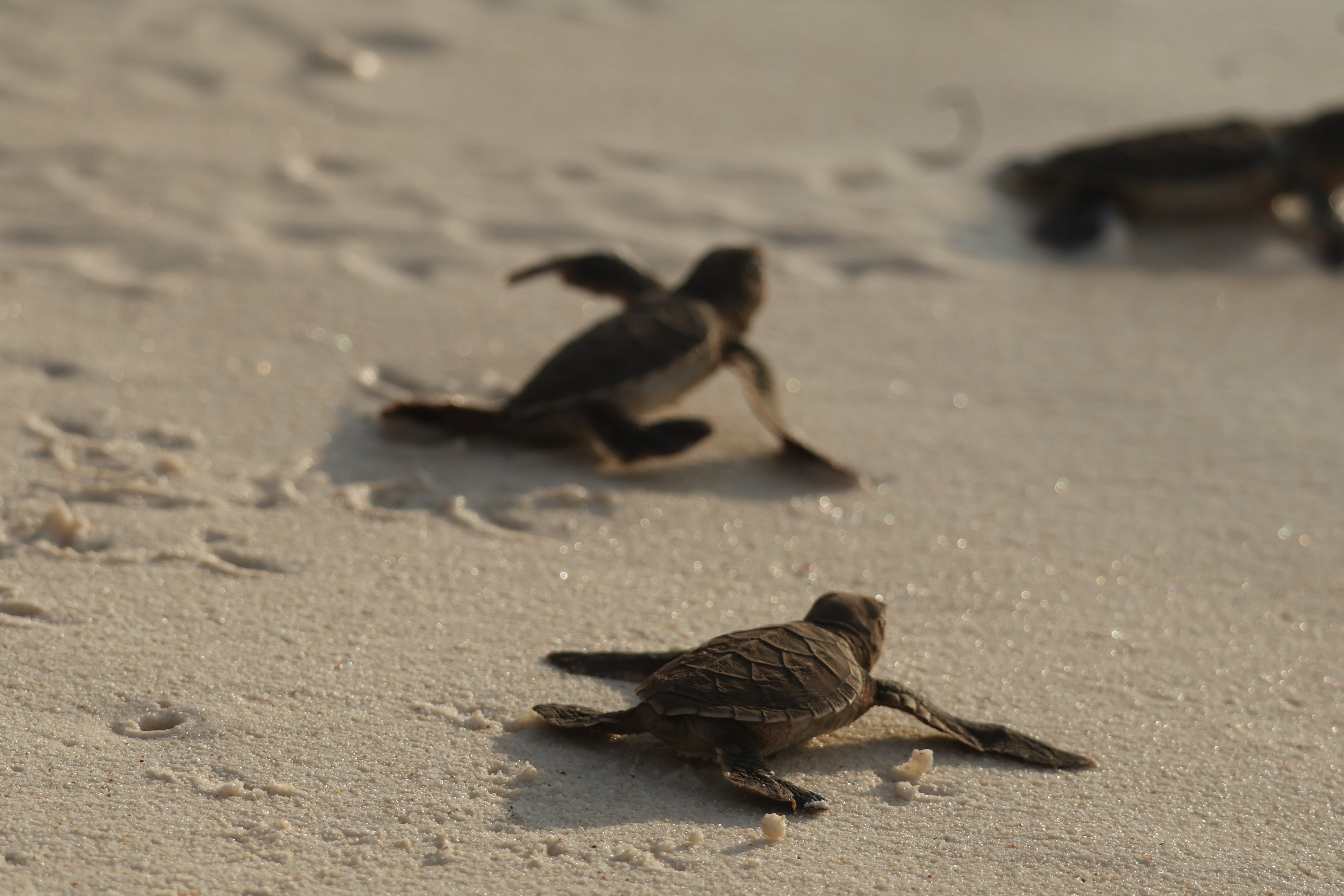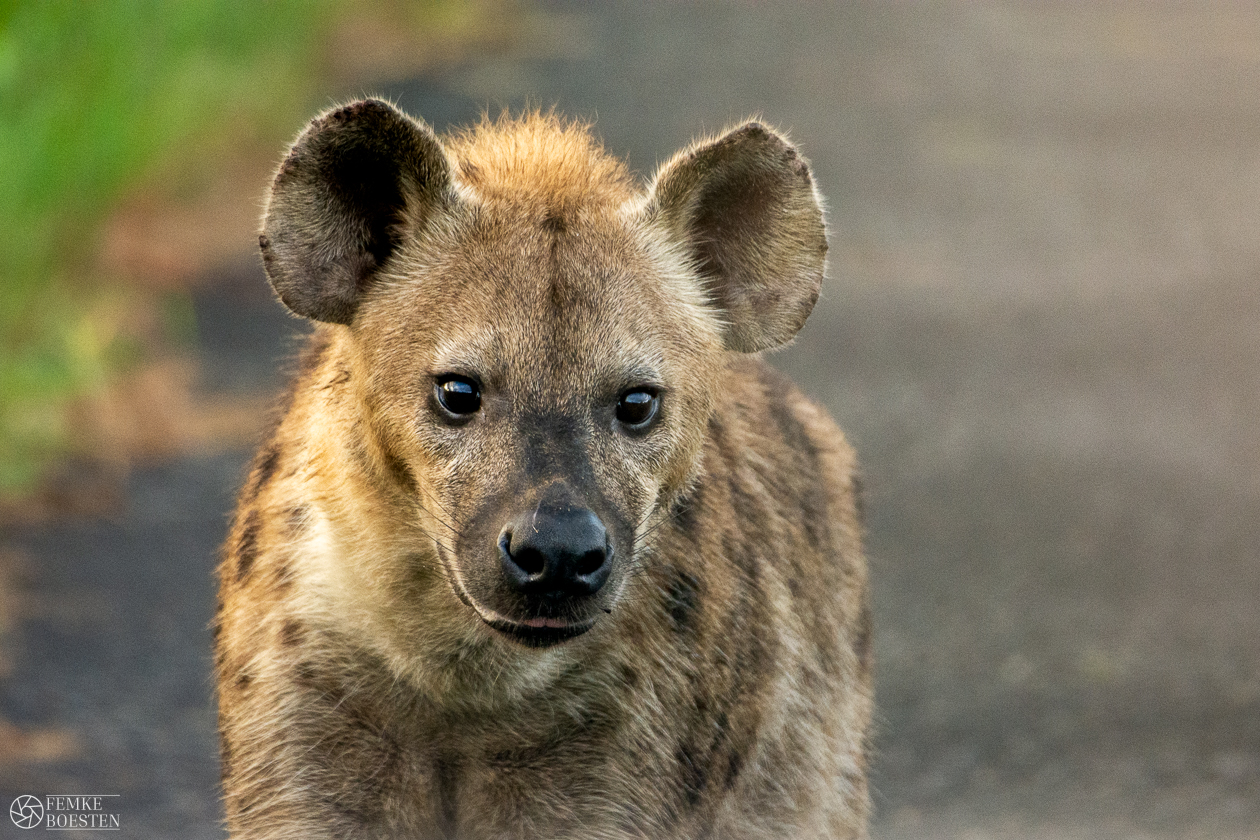The Pel’s Fishing Owl, Scotopelia peli, is the second largest owl species in the Southern African sub-region with only the Verreaux’s Eagle Owl surpassing it in size. Its distribution in the sub-region includes major river systems in the Kruger National Park, the Limpopo river in the northern parts of South Africa and some river systems in KwaZulu-Natal which extend as far south as Mtunzini. The rest of the Southern African population is situated around the Caprivi, Okavango and Zambezi river systems, including some areas in Mozambique.

Females often lay two eggs during the breeding season, but only every two years and often with only one of the two chicks surviving until adulthood. The status of these majestic birds in the sub-region is listed as Vulnerable as they are exposed to various indirect anthropogenic effects. These birds are reliant on healthy river systems for their diet, consisting mainly of fish, frogs and small crocodiles. Suitable habitats within large river systems, containing large shady trees with overhanging perches for the birds are also limited.
The decrease in their distribution range is likely due to human disturbance, habitat destruction through deforestation, obstruction of rivers and pollution. These birds can be considered an indicator species for valuable river ecosystems, as their presence suggests a healthy river system and freshwater habitat. The uMkhuze Section of the iSimangaliso Wetland Park is one of the great birding sites in KwaZulu-Natal where you may come across one of these magnificent and elusive top predators of the freshwater ecosystem.
The Pel’s Fishing Owl, like other bird species, is not only restricted to protected areas such as the iSimangaliso Wetland Park. This exposes them to a variety of hazards which makes conservation efforts particularly complex and highlights the importance of these safe havens. Through monitoring and research of Zululand’s other endangered species, we are able to learn vital new information to help us refine strategies to protect all species, support biodiversity and healthy sound ecosystems.
- Text by Eduard Drost



.jpg)






(1).avif)
.avif)